Best
RIBBON
MICROPHONE
-
Overall: High SPL Capabilities and Extremely low residual noise
-
Best Feature: No internal active electronics to overload or produce distortion up to maximum SPL rating
-
TedScore™: 9/10
Best
BEST DYNAMIC MICROPHONE
-
Overall: Popular dynamic microphone on the planet
-
Best Feature: Excellent for capturing the sound of virtually any sound source
-
TedScore™: 9/10
Best
CONDENSER MICROPHONE
-
Overall: Cardioid pattern to limit bleed
-
Best Feature: Pressure gradient transducer with one-diaphragm capsule
-
TedScore™: 8/10
I’ve discovered that the heart of a great recording often lies in choosing the right microphone, especially when a guitar amp is involved.
Knowing how sounds are produced on guitar amps, how does miking electric guitar amps work?
What is the best mic for guitar amp recording?
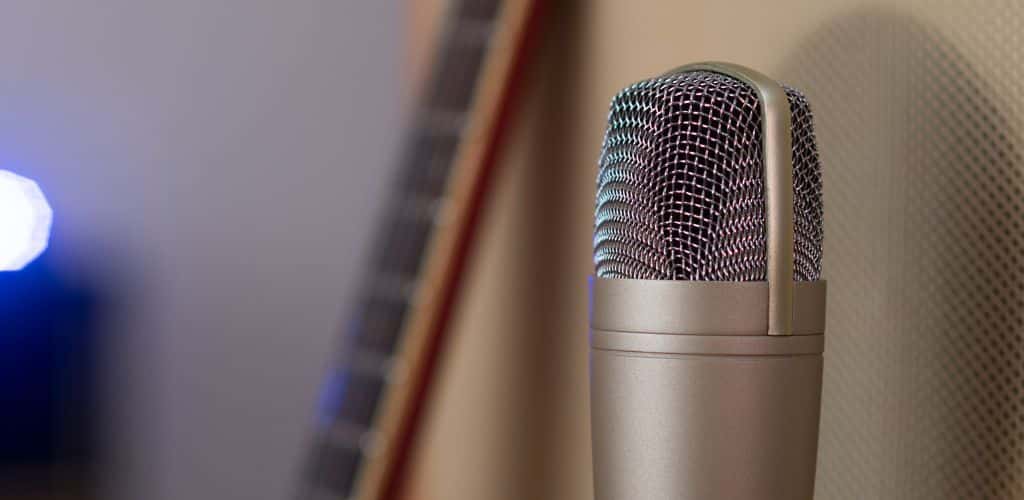
Navigating through hundreds of mics available might seem daunting. So I decided to write this article.
I’ll discuss the different microphones used specifically for recording electric guitar amps. I will also share my microphone recommendations, which I have tried over the years of recording.
As a professional, I invested in the Royer R-121 Studio Ribbon Microphones. Their exceptional performance with electric guitars and figure-8 pattern makes it a must-have in my studio.
If you want to know more, read on!
Understanding
Microphone Types
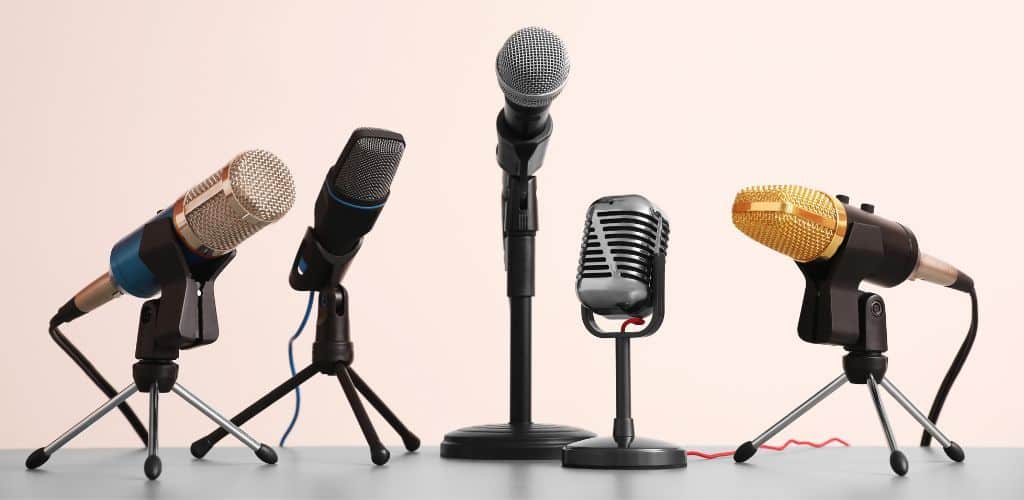
Before we look at the best microphones you need, we must first understand the types and differences between mics for guitar amps on the market.
Dynamic microphones
First up are dynamic mics.
These mics can handle high volume levels and have a rugged build, perfect for sitting right up against my amp without flinching at the loudness.
Ribbon Mics
Now, ribbon mics have a vintage charm that gives my recordings a smooth, warm, classic sound.
Ribbon mics use a thin aluminum, duraluminum, or nanofilm ribbon suspended in a magnetic field. They capture every subtle detail of my amp with a smooth frequency response, which delivers a pleasing recording experience.
Condenser Mics
Then there are condenser mics.
Thanks to an electrically charged diaphragm, their sensitivity is top-notch. They’re like having a sharp-eared friend who picks up on all the subtle details of my guitar’s tone.
Polar Pattern
Omnidirectional: This is the chatty mic that hears everything around it. I use it to catch the ambiance of the room.
Cardioid: This mic has a focused pattern, like a spotlight, capturing sound from the front and rejecting noise from the back.
Supercardioid: More directional than cardioid, it isolates my amp from other sounds.
Hypercardioid: Even more focused, this pattern is like a laser beam of sound capture, ultra-specific and precise.
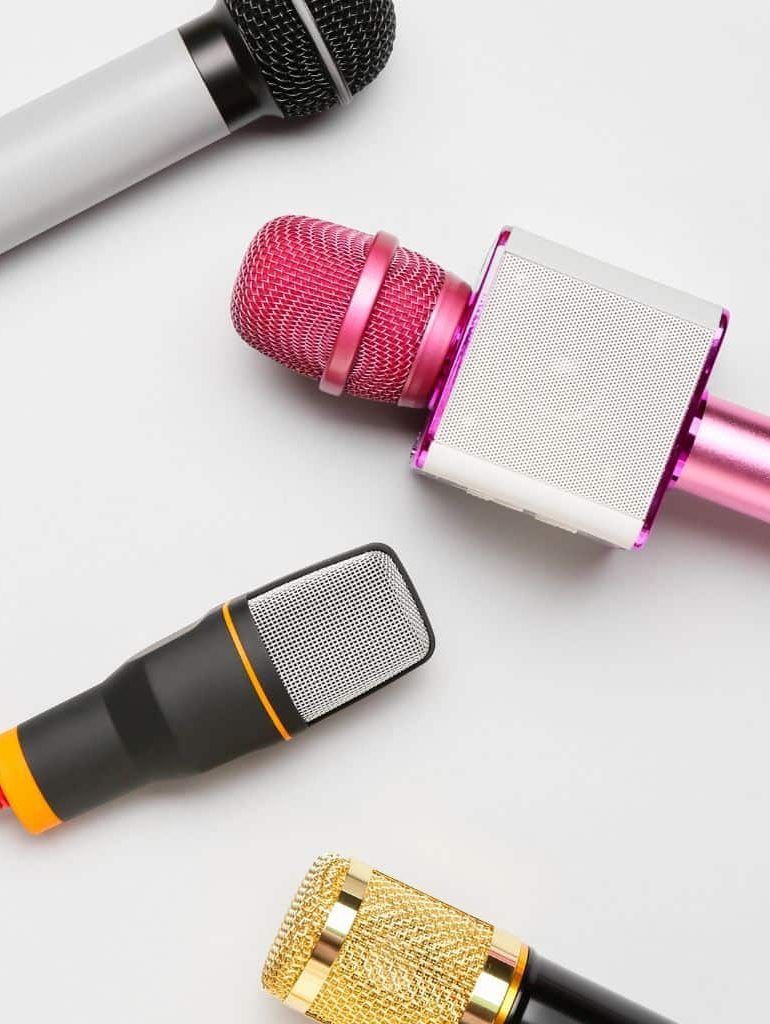
Choosing the right microphone type, such as cardioid or supercardioid, is crucial for miking electric guitar amps. This will effectively isolate the guitar sound from other sources and enhance recording quality.
With so many options, I can mix and match microphones to find the sweet spot that gives my guitar recordings their unique personality.
It’s all about understanding the characteristics of each mic and how they complement the sound I’m aiming for.
Selecting the Best Mic for Guitar Amps
When I record my guitar, the microphone is crucial in capturing that perfect tone.
The variety of available mics can be overwhelming, but knowing the specifics helps me determine the best choice.
Ribbon Mics
I’ve found that ribbon mics are fantastic for their warm and natural sound.
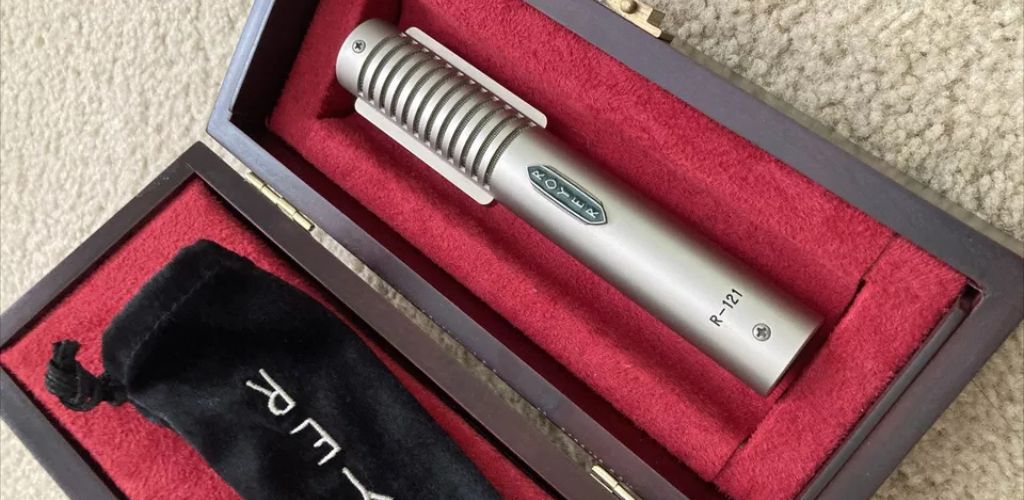
When I’m after that classic vibe, the Royer R-121 Studio Ribbon Microphone has that smooth, figure-8 polar pattern that just loves the sound of my guitar amp.
This is the one I’m using in my studio, and it has never failed me!
Royer R-121 Studio Ribbon Microphone
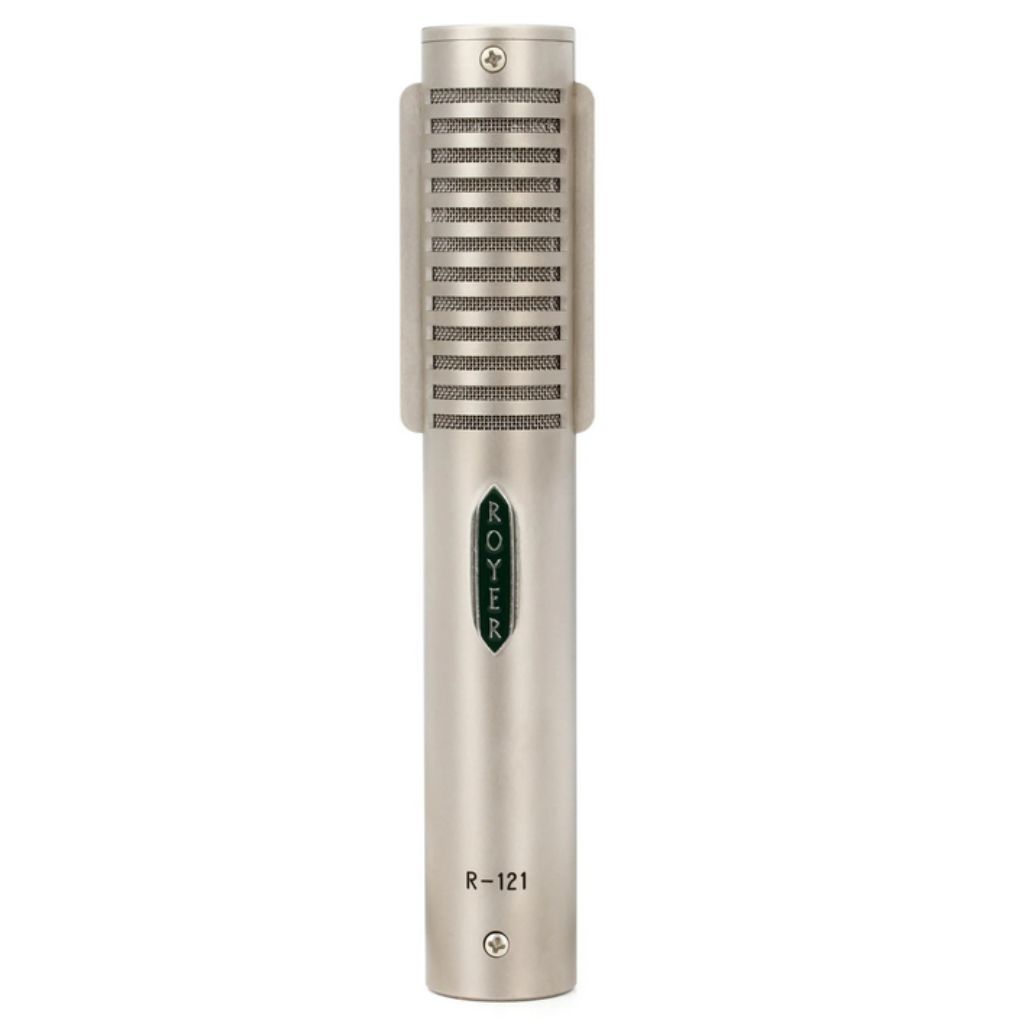
FEATURES: High SPL Capabilities and Extremely low residual noise
OTHER INFO: No internal active electronics to overload or produce distortion up to maximum SPL rating
- The ribbon element is not affected by heat or humidity
- Consistent frequency response regardless of distance
- Expensive as compared to other ribbon microphones
When you click ‘Check Price’, you’ll see there are loads of great places to buy this item. Our personal favorite is Sweetwater for the US, and Thomann and Gear4Music for the UK & Europe.
They are the largest music retailers, with excellent customer service, competitive prices, really fast shipping, and the longest guarantees.
The professional musician who wrote this article combined many things,
from the product build, manufacturer’s reputation through to feedback
from other users, to create our famous TedScore™.
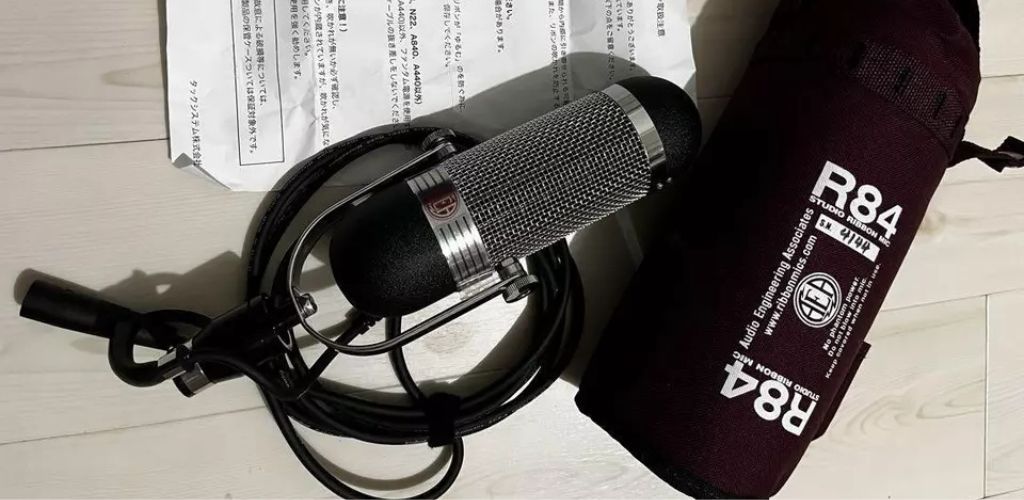
The AEA R84 Passive Ribbon Microphone is revered for its smooth, natural sound and figure-8 polar pattern.
It captures warm, classic tones ideal for a wide range of instruments, including guitar amps, with a vintage character.
AEA R84 Passive Ribbon Microphone
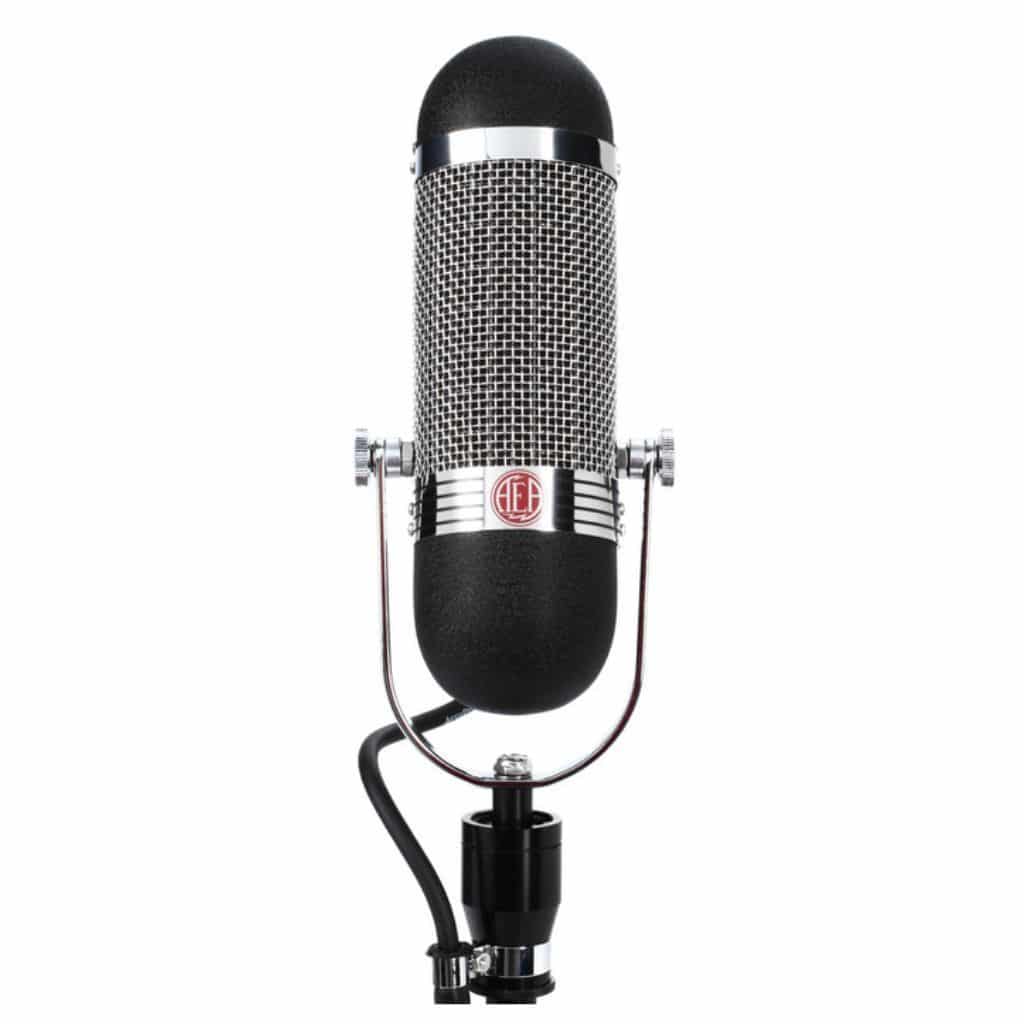
FEATURES: Reliable ribbon mic with a wide dynamic range
OTHER INFO: Large Ribbon Geometry (LRG), 2.35" by 0.185" by 2-micron pure aluminum low-tension ribbon
- Able to handle better than 165 dB SPL at higher frequencies
- Includes shock mount, 10-foot cable, and sturdy foam-lined carrying case
- Maybe less suitable for high-SPL sources without a preamp
When you click ‘Check Price’, you’ll see there are loads of great places to buy this item. Our personal favorite is Sweetwater for the US, and Thomann and Gear4Music for the UK & Europe.
They are the largest music retailers, with excellent customer service, competitive prices, really fast shipping, and the longest guarantees.
The professional musician who wrote this article combined many things,
from the product build, manufacturer’s reputation through to feedback
from other users, to create our famous TedScore™.
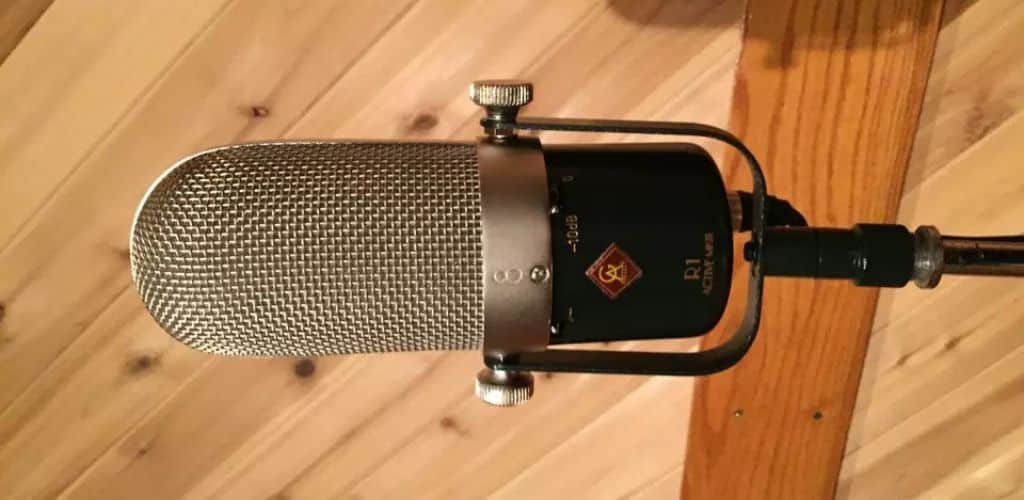
The Golden Age Project R1 Active MKIII is an affordable ribbon microphone that delivers a warm and vintage sound with the added benefit of active electronics.
This makes it versatile and easier to use with various preamp guitar amplifiers without the need for high gain.
Golden Age Project R1 Active MKIII Ribbon Microphone
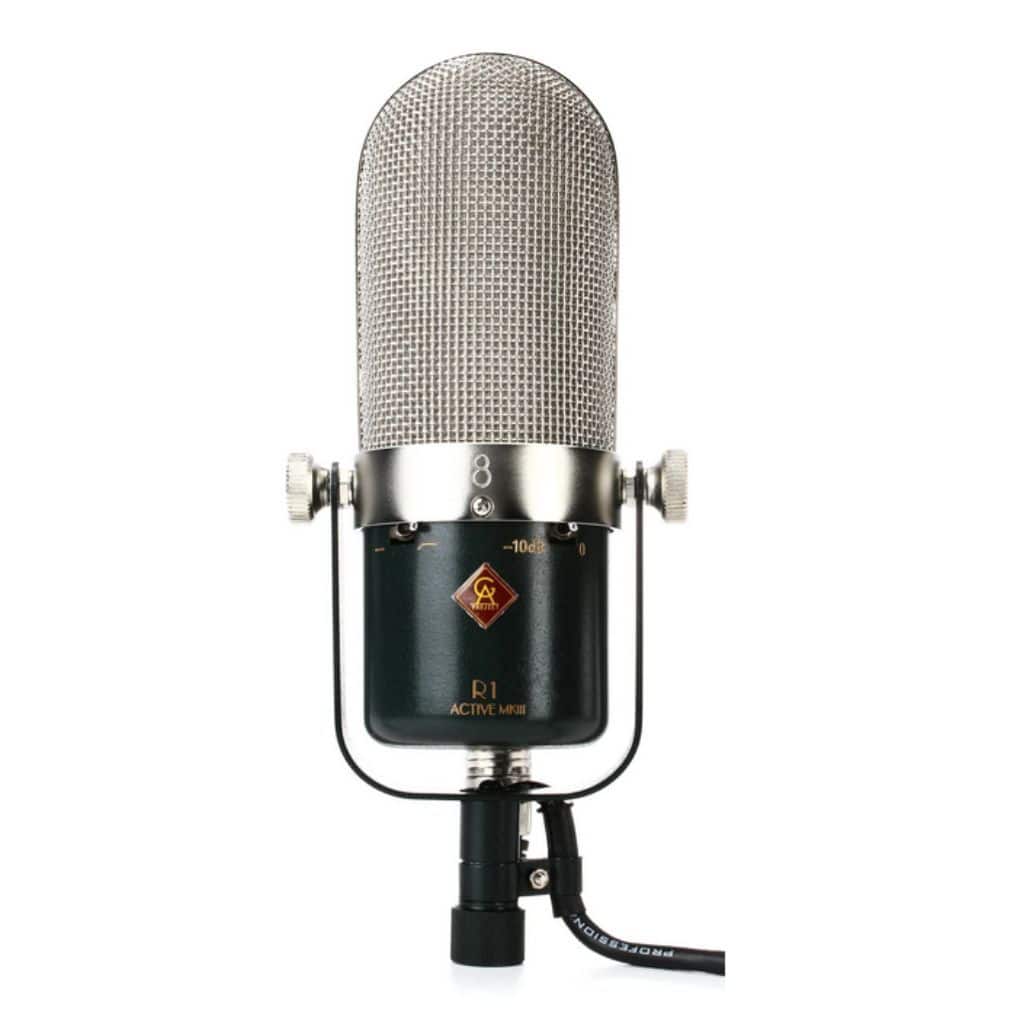
FEATURES: FET buffer amp lets you use the mic with longer cable runs and any preamp with phantom power
OTHER INFO: Ultra-high 160dB SPL capability
- Classic ribbon sound with smooth highs and extended low-end
- Ideal for capturing instruments and vocals
- Build quality might not be as robust as more expensive models
When you click ‘Check Price’, you’ll see there are loads of great places to buy this item. Our personal favorite is Sweetwater for the US, and Thomann and Gear4Music for the UK & Europe.
They are the largest music retailers, with excellent customer service, competitive prices, really fast shipping, and the longest guarantees.
The professional musician who wrote this article combined many things,
from the product build, manufacturer’s reputation through to feedback
from other users, to create our famous TedScore™.
Dynamic Mics
Dynamic mics are my go-to for durability and handling high SPLs.
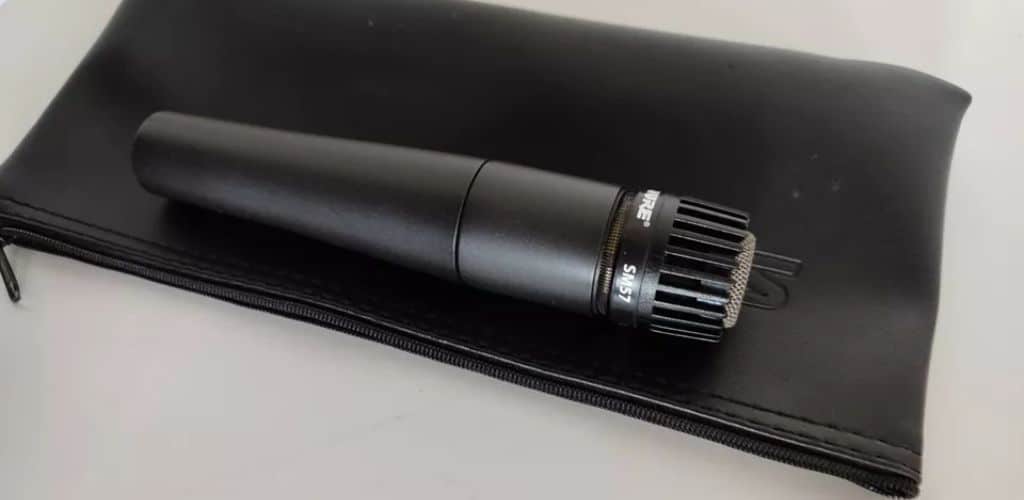
The Shure SM57 is a legend on the guitar cab—there’s no mistaking its presence in studios worldwide.
The Shure SM57 Cardioid Dynamic Instrument Microphone is a reliable, industry-standard microphone renowned for its durability, clear sound quality and reproduction, and exceptional performance with various instruments, especially snare drums and guitar amps.
Shure SM57 Cardioid Dynamic Instrument Microphone
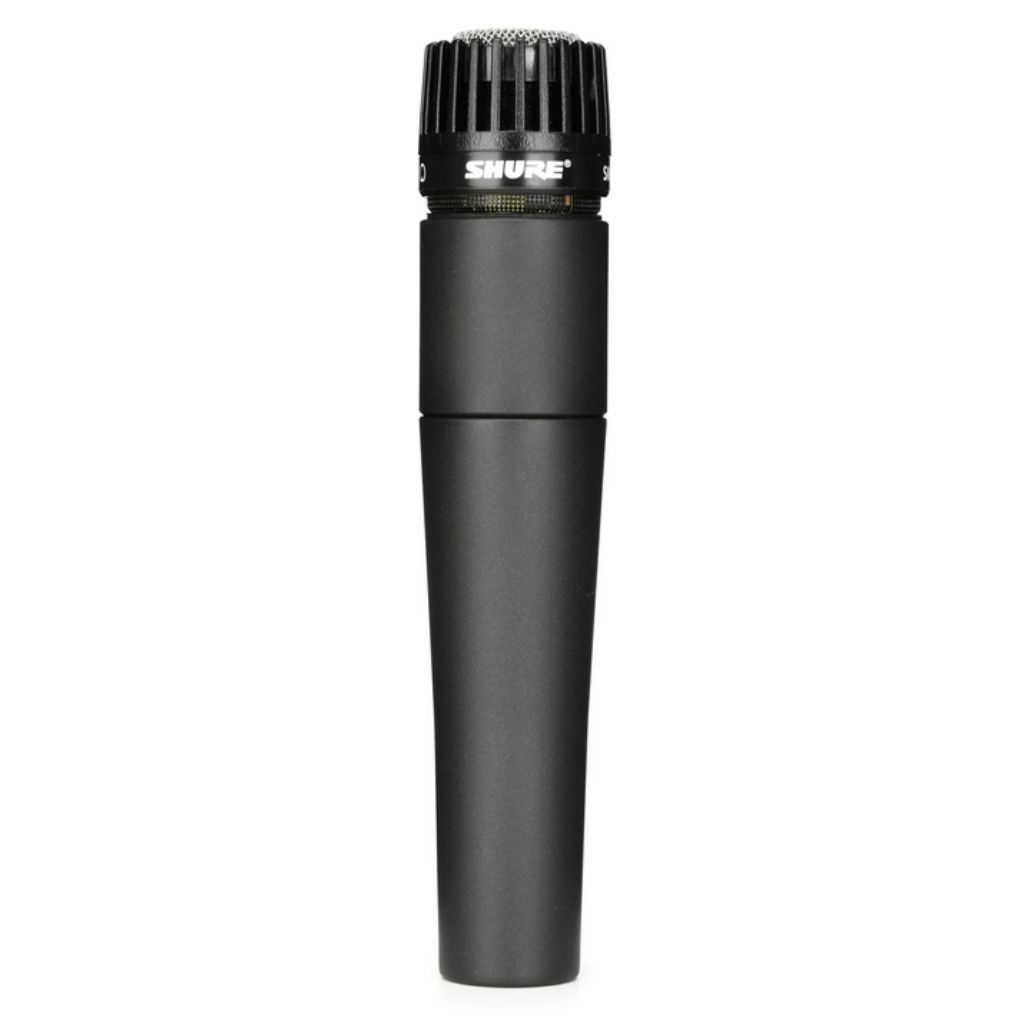
FEATURES: The most popular dynamic microphone on the planet
OTHER INFO: Excellent for capturing the sound of virtually any instrument or sound source
- Especially suitable for close-miking of instrument amps and speakers
- Built to withstand the harshest conditions, wear, and abuse
- No Cons!
When you click ‘Check Price’, you’ll see there are loads of great places to buy this item. Our personal favorite is Sweetwater for the US, and Thomann and Gear4Music for the UK & Europe.
They are the largest music retailers, with excellent customer service, competitive prices, really fast shipping, and the longest guarantees.
The professional musician who wrote this article combined many things,
from the product build, manufacturer’s reputation through to feedback
from other users, to create our famous TedScore™.
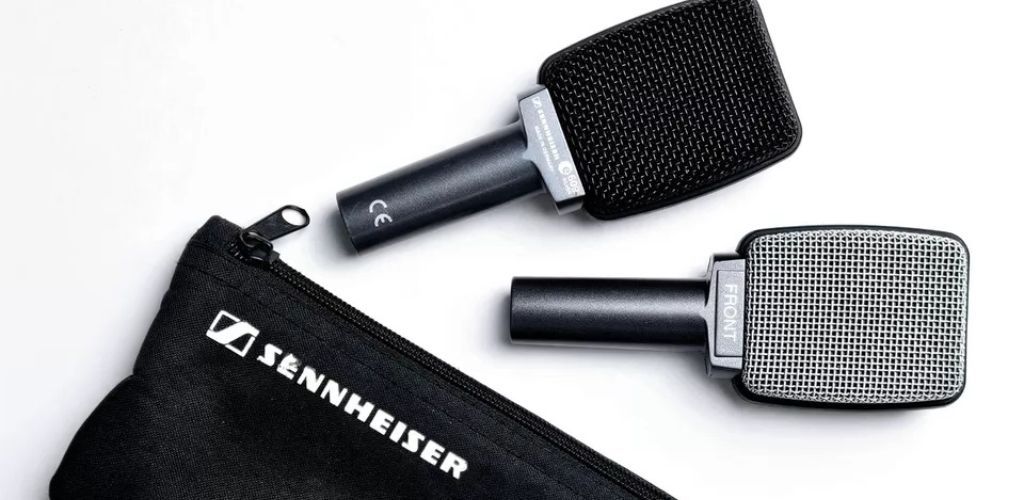
Similarly, the Sennheiser e 609 Silver Supercardioid Dynamic Guitar Microphone has punchy clarity, making it one of my favorites for guitar amps and many other instruments.
Sennheiser e 609 Silver Supercardioid Dynamic Guitar Microphone
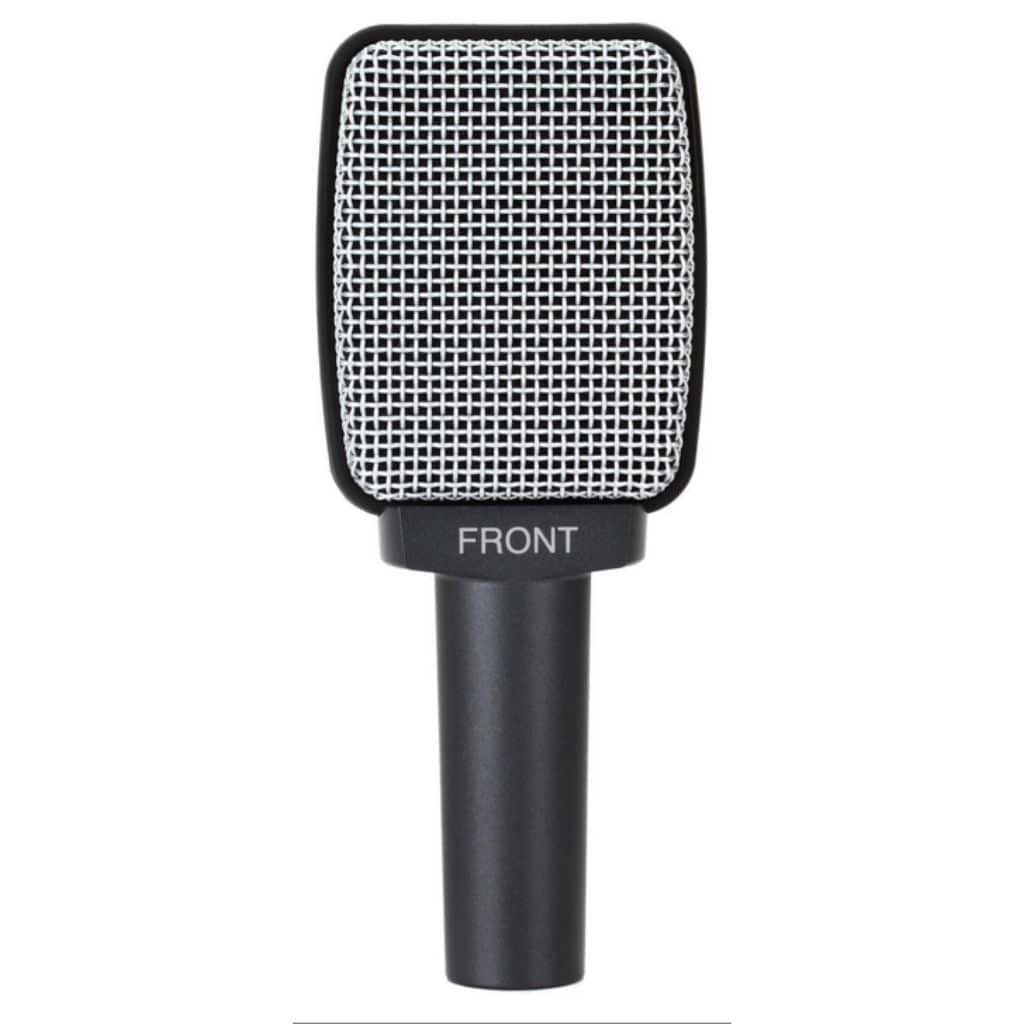
FEATURES: Go-to dynamic mic and guitar cab mic for engineers around the world
OTHER INFO: Delivers tight and punchy lows, rich mids, and present yet smooth highs
- Just drape it over your amp and let the mic rest right on the grille
- Absurdly high SPL handling makes it perfect for capturing dimed amps
- There are no disadvantages to this one!
When you click ‘Check Price’, you’ll see there are loads of great places to buy this item. Our personal favorite is Sweetwater for the US, and Thomann and Gear4Music for the UK & Europe.
They are the largest music retailers, with excellent customer service, competitive prices, really fast shipping, and the longest guarantees.
The professional musician who wrote this article combined many things,
from the product build, manufacturer’s reputation through to feedback
from other users, to create our famous TedScore™.
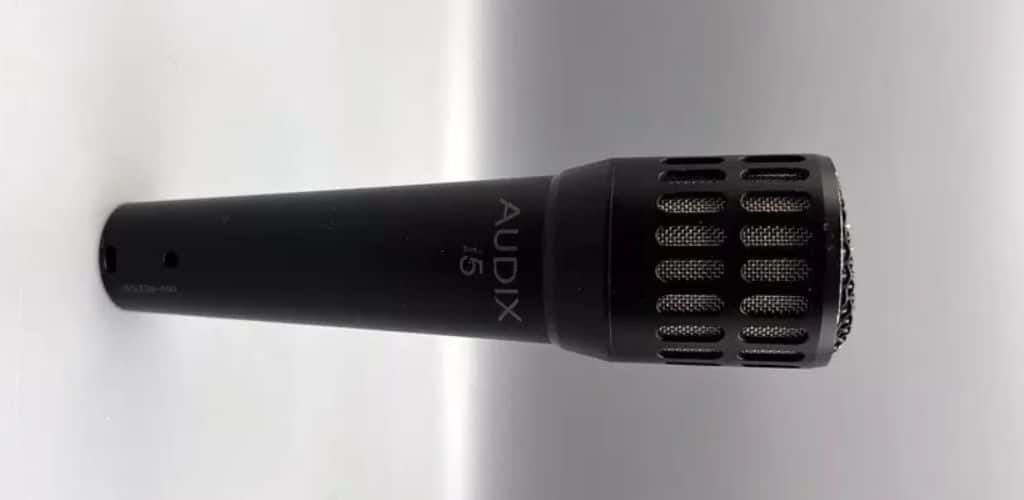
The Audix i5 Cardioid Dynamic Instrument Microphone is known for its clear, accurate sound reproduction, ability to handle high SPLs, and versatility across various instruments.
It is a strong competitor to the more commonly used SM57.
Audix i5 Cardioid Dynamic Instrument Microphone
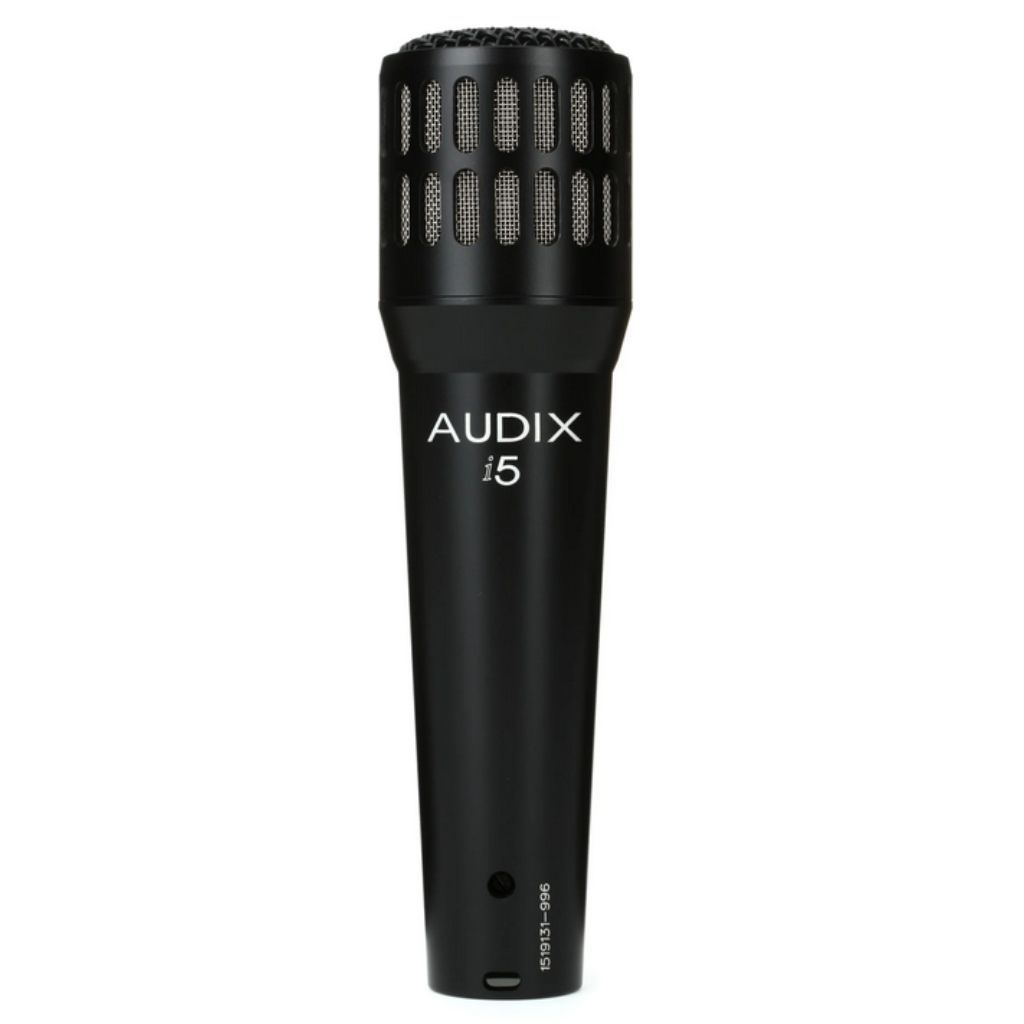
FEATURES: Flat cap design perfect for close-miking instruments and guitar cabinets
OTHER INFO: Ability to handle very high SPL
- Complete with a heavy-duty mic clip and a carrying pouch
- Built tough for road use
- No Cons!
When you click ‘Check Price’, you’ll see there are loads of great places to buy this item. Our personal favorite is Sweetwater for the US, and Thomann and Gear4Music for the UK & Europe.
They are the largest music retailers, with excellent customer service, competitive prices, really fast shipping, and the longest guarantees.
The professional musician who wrote this article combined many things,
from the product build, manufacturer’s reputation through to feedback
from other users, to create our famous TedScore™.
Condenser Mics
I turn to condenser mics for more detail and a wider frequency response.
Using a room mic positioned at various distances can capture ambient sound and enhance the overall tonal quality by reflecting the natural ambiance of the recording environment.
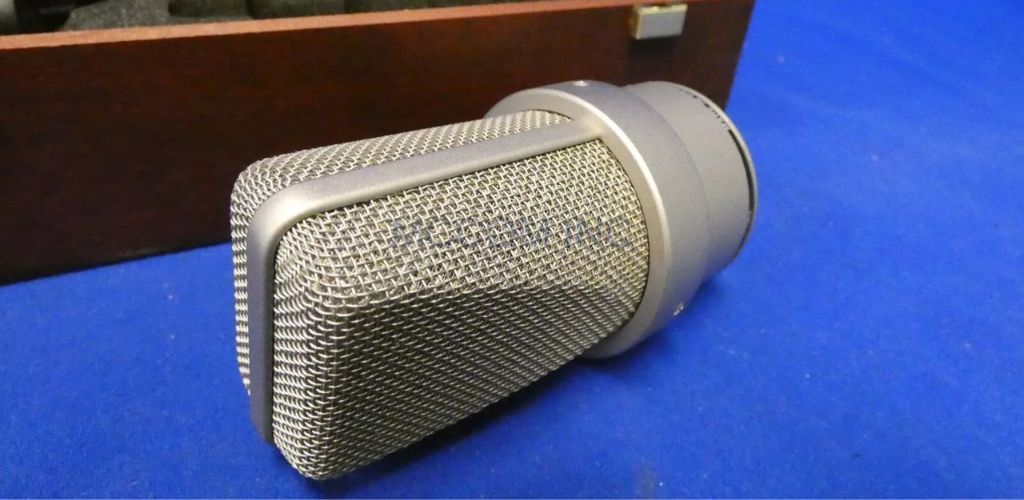
The Neumann TLM 103 Large-diaphragm Condenser Microphone is a professional-grade studio microphone that delivers a clear, detailed sound with a slight presence boost.
Its low noise and high SPL handling make it excellent for vocals and various instruments.
Neumann TLM 103 Large-diaphragm Condenser Microphone - Nickel
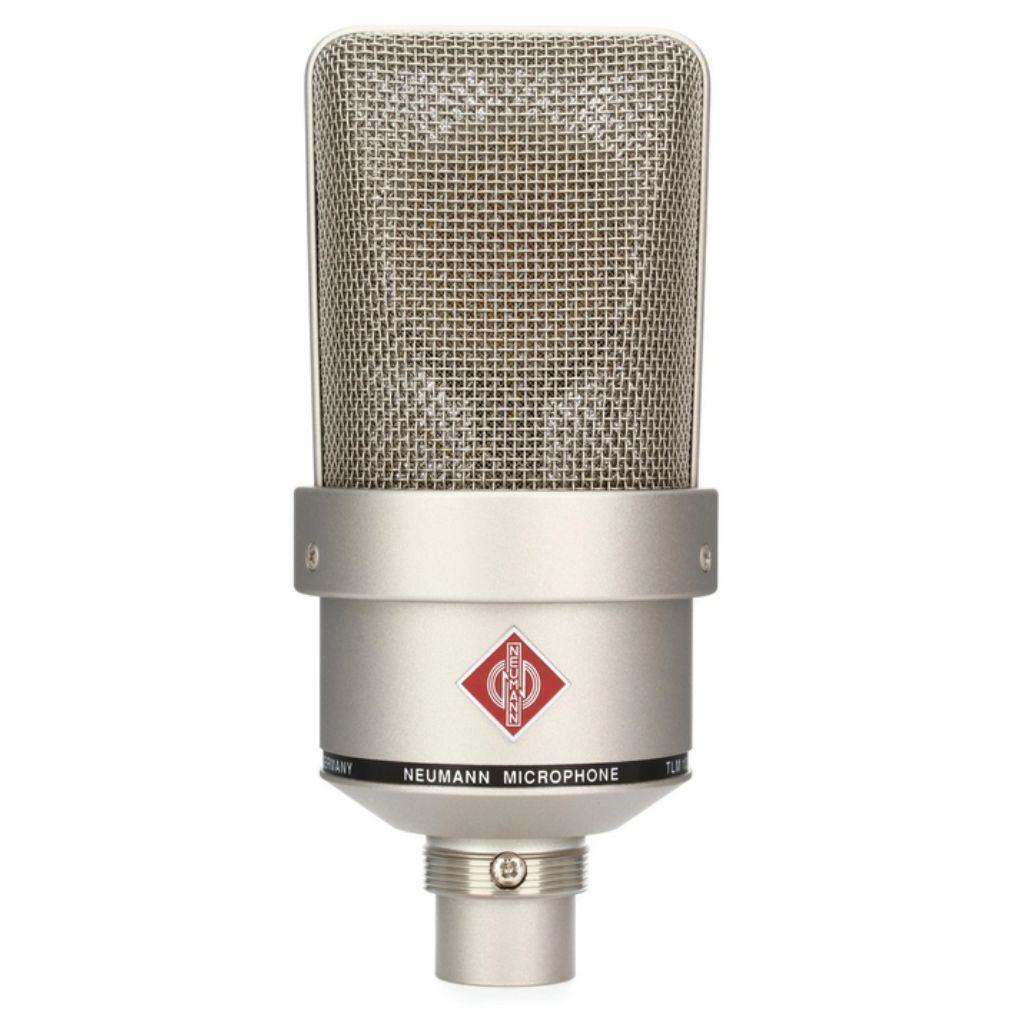
FEATURES: Cardioid pattern to limit bleed
OTHER INFO: Pressure gradient transducer with one-diaphragm capsule
- Transformerless circuitry
- Extremely low noise
- Expensive compared to other mics for guitar amps
When you click ‘Check Price’, you’ll see there are loads of great places to buy this item. Our personal favorite is Sweetwater for the US, and Thomann and Gear4Music for the UK & Europe.
They are the largest music retailers, with excellent customer service, competitive prices, really fast shipping, and the longest guarantees.
The professional musician who wrote this article combined many things,
from the product build, manufacturer’s reputation through to feedback
from other users, to create our famous TedScore™.
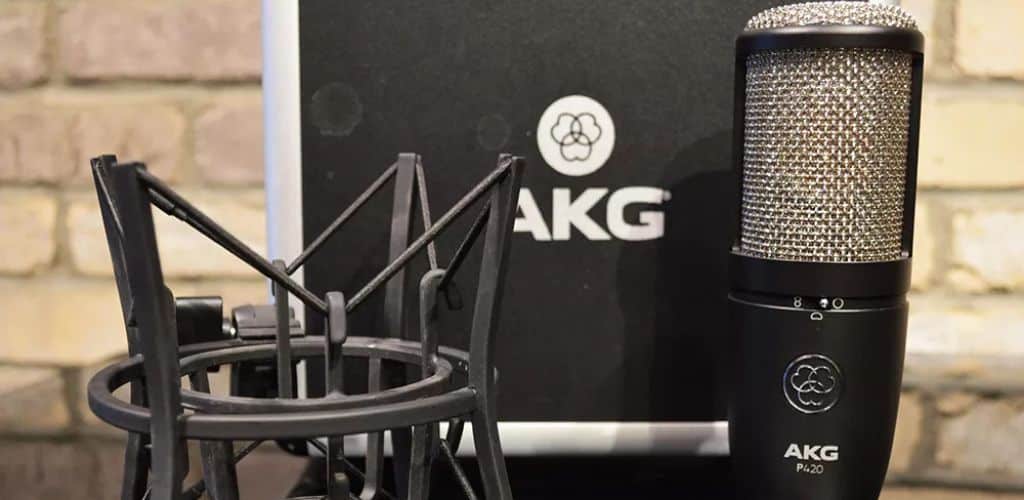
Meanwhile, the AKG P420 is a real gem for its multiple polar patterns and stellar transparency. It effortlessly captures the full-bodied sound of my amp.
Positioning a room mic at various distances can enhance the overall tonal quality by capturing reflections and natural ambiance from the recording environment.
AKG P420 Large-diaphragm Condenser Microphone
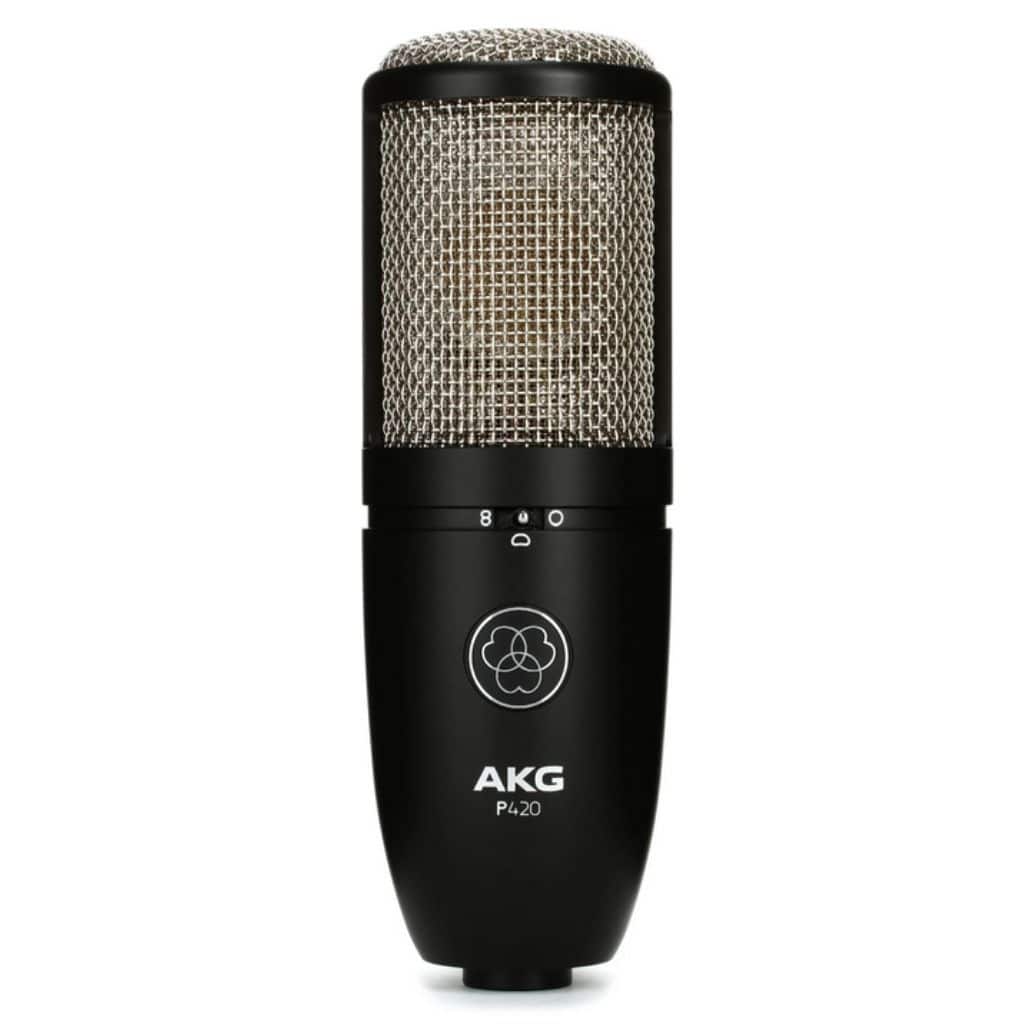
FEATURES: Dual large-diaphragm design
OTHER INFO: Multiple polar patterns: cardioid, omnidirectional, and figure-8
- Versatile with multiple pickup patterns for different recording situations
- Suitable for various applications, from vocals to instruments
- Build quality, while solid, may not be as durable as professional-grade microphones
When you click ‘Check Price’, you’ll see there are loads of great places to buy this item. Our personal favorite is Sweetwater for the US, and Thomann and Gear4Music for the UK & Europe.
They are the largest music retailers, with excellent customer service, competitive prices, really fast shipping, and the longest guarantees.
The professional musician who wrote this article combined many things,
from the product build, manufacturer’s reputation through to feedback
from other users, to create our famous TedScore™.
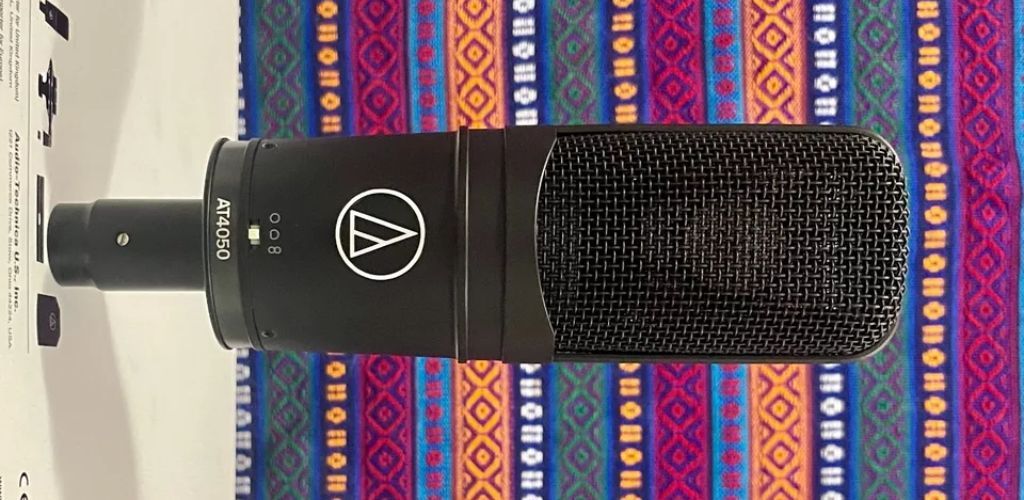
The Audio-Technica AT4050 Large-diaphragm Condenser Microphone is highly regarded for its transparent sound, versatility with three switchable polar patterns, and consistent performance across various applications, from studio vocals to instrument miking.
Audio-Technica AT4050 Large-diaphragm Condenser Microphone
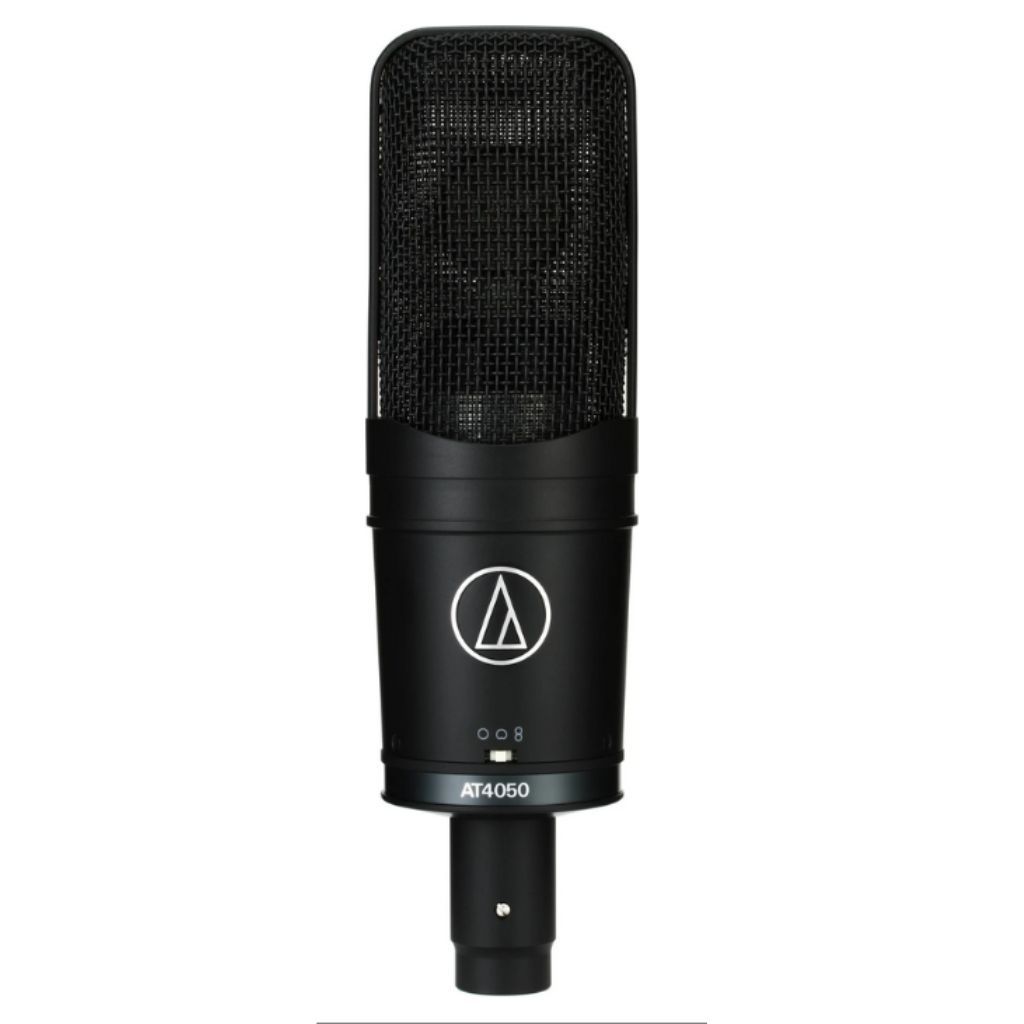
FEATURES: Superior performance for studio recording and live sound applications
OTHER INFO: Three switchable polar patterns: omnidirectional, cardioid, figure 8
- Remarkable combination of warm, transparent sound and super-high SPL capability
- Symmetrical direct-coupled electronics for excellent transient response and low distortion
- Its sensitivity requires careful handling of room acoustics and placement
When you click ‘Check Price’, you’ll see there are loads of great places to buy this item. Our personal favorite is Sweetwater for the US, and Thomann and Gear4Music for the UK & Europe.
They are the largest music retailers, with excellent customer service, competitive prices, really fast shipping, and the longest guarantees.
The professional musician who wrote this article combined many things,
from the product build, manufacturer’s reputation through to feedback
from other users, to create our famous TedScore™.
Mic Placement and Technique for Guitar Amps
Mic placement and technique play a crucial role in capturing the optimal sound from your guitar amp. The right placement can make a significant difference in the tone and quality of your recording.
The Importance of Mic Placement for Optimal Sound
When it comes to miking a guitar amp, the placement of the microphone is critical.
The microphone should be positioned to capture the amp’s sound without picking up unwanted noise or hum. The ideal placement will depend on the type of microphone being used and the desired sound.
For instance, placing the mic directly in front of the speaker cone will capture a more direct and aggressive tone, while angling it slightly off-axis can result in a warmer, more rounded sound.
Experimenting with different placements can help you find the sweet spot that best suits your recording needs.
Single-Mic Techniques: Finding the Sweet Spot
Single-mic techniques involve using one microphone to capture the sound of the guitar amp.
This method is often used when recording a single guitar amp or when trying to capture a specific sound. To find the sweet spot, start by placing the microphone about 6-8 inches away from the speaker cone.
This distance allows the mic to capture a balanced mix of direct sound and room ambiance. From there, experiment with different placements, moving the microphone closer or further away from the speaker and adjusting the angle slightly.
Each small adjustment can significantly impact the tone, so take your time to find the position that produces the desired sound.
Two-Mic Techniques: Blending Sounds for a Fuller Tone
Two-mic techniques involve using two microphones to capture the sound of the guitar amp. This approach is often used to achieve a fuller tone or when recording a guitar amp with multiple speakers.
To use this technique, place one microphone about 6-8 inches away from the speaker cone to capture the direct sound. Position the second microphone about 12-18 inches away to capture the room’s sound and ambiance.
Experiment with different placements and blending the signals of the two microphones to find the desired sound. By adjusting the balance between the two mics, you can create a rich, layered recording that captures both the detail and depth of your guitar amp.
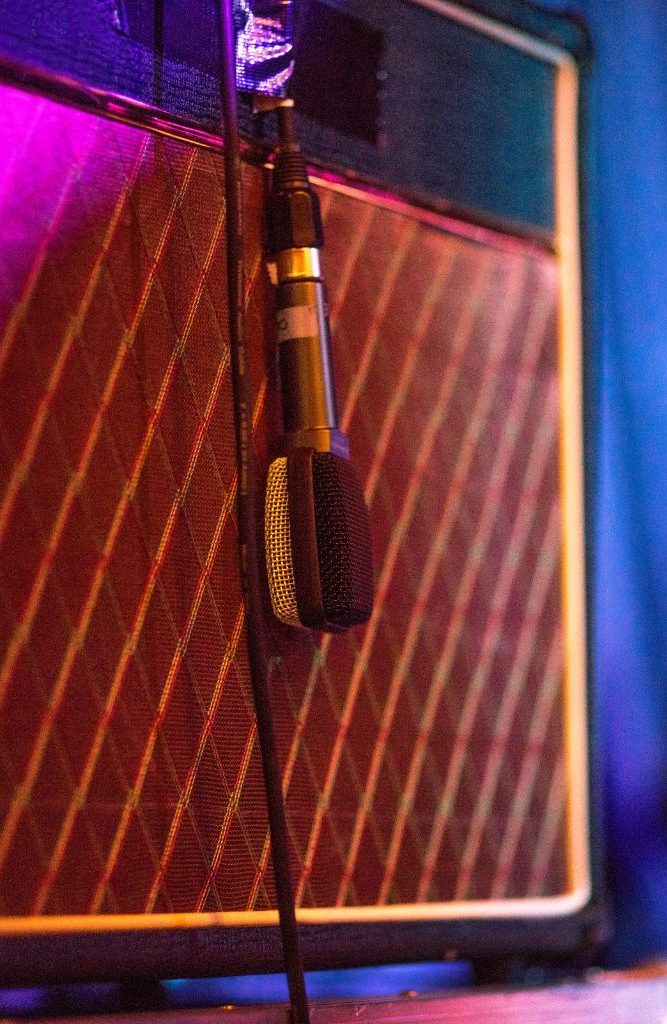
Reducing Feedback and Hum
Feedback and hum are common issues when miking a guitar amp. These problems can be caused by various factors, including the placement of the microphone, the type of microphone being used, and the gain levels of the amp and microphone.
Common Issues: Feedback and Hum When Miking a Guitar Amp
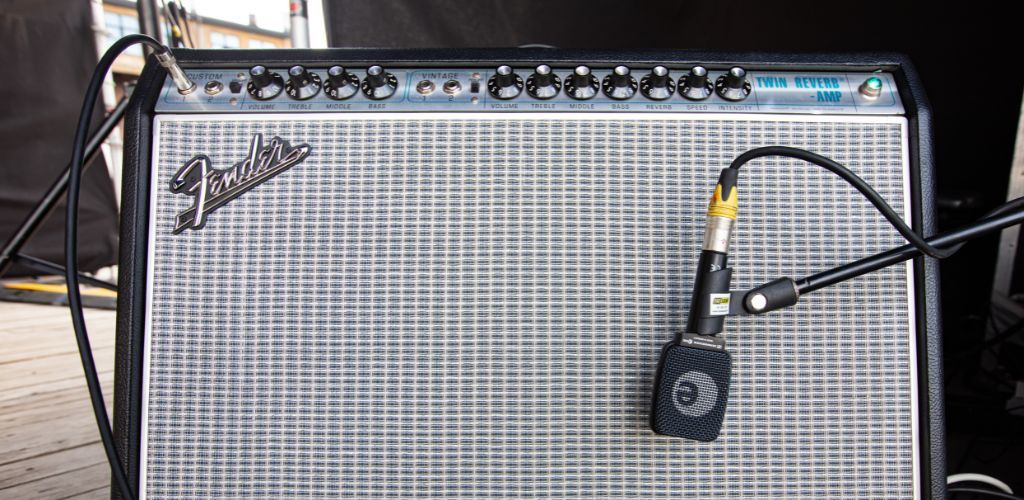
Feedback occurs when the microphone picks up the sound of the amp and re-amplifies it, creating a loop. This can cause a loud, piercing sound that can be difficult to control.
Hum, on the other hand, is a low-frequency noise that can be caused by various factors, including the amp, microphone, and cables.
Use a directional microphone: Dynamic and ribbon microphones are excellent choices, as they can help isolate the amp’s sound and reduce feedback.
Experiment with different microphone placements. Finding the spot that produces the least feedback and hum can make a significant difference. Try moving the mic around the amp and adjusting the distance and angle.
Adjust the gain levels: Balancing the gain levels of the amp and microphone can help minimize feedback and hum. Lowering the gain on the amp and increasing it on the mic, or vice versa, can sometimes solve the issue.
Use noise reduction tools: Noise gates and EQs can be effective in reducing hum and feedback. These tools can help clean up the signal and improve the overall sound quality.
Consider microphones with built-in noise reduction features: Some dynamic microphones come with windscreens, and ribbon microphones may have built-in pop filters, which can help reduce unwanted noise.
By following these tips and techniques, you can help reduce feedback and hum and capture a high-quality sound from your guitar amp.
Best Mic for Guitar Amp Recording:
Let's Do the Recap!
So, if you’re looking for a microphone that you could use during guitar amp recordings, these are the microphones I highly recommend:
Ribbon microphones: for a warm, natural sound quality
- Royer R-121 Studio
- AEA R84 Passive
- Golden Age Project R1 Active MKIII
Dynamic microphones: for the handling of high frequencies
- Shure SM57
- Sennheiser e 609
- Audix i5
Condenser microphone: for a detailed sound capture
- Neumann TLM 103
- AKG P420
- Audio-Technica AT4050
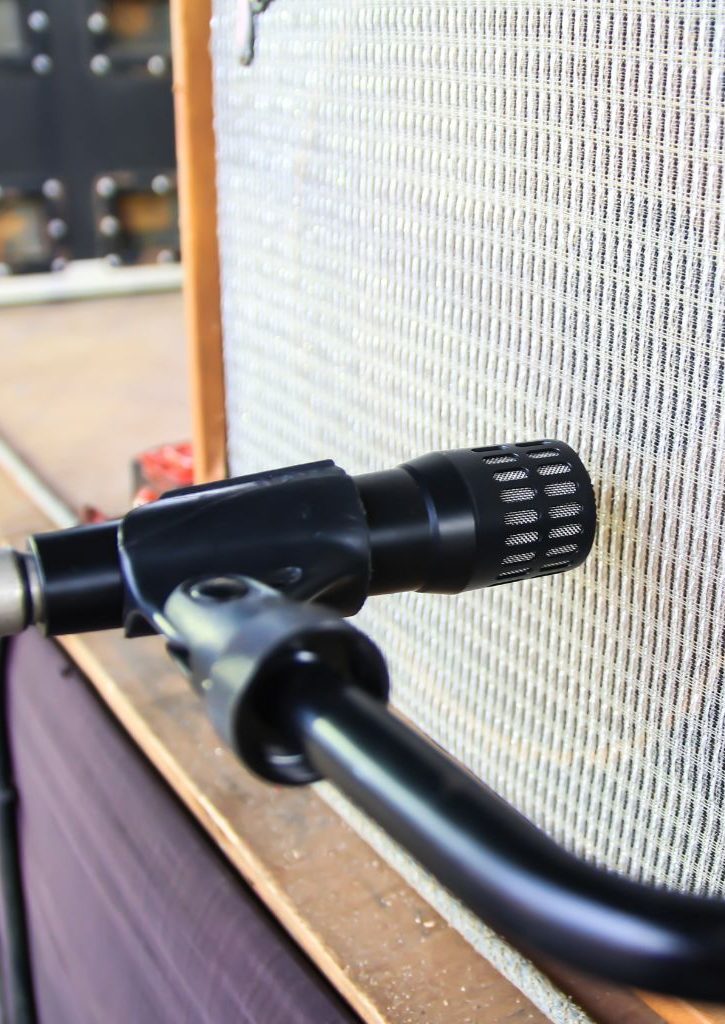
Every microphone has its sweet spot, and for me, finding this involves experimenting with mic placement, both on and off-axis to the amp’s speaker cone.
In my quest for that pristine amp recording, I remember that each microphone offers something unique. It’s not just about the guitar mic but how I use it to bring out the sound I’m after.
Choosing the right mic and placement can be as much an art as mastering the guitar.
Wait! There’s more…
If you or someone you know has an electric guitar, one of the most important accessories you need is a guitar amplifier. If you want to check out the best guitar amps, you might want to read this next article!
FAQ's
The Shure SM57 is good for guitar amps because of its durable design, ability to handle high sound pressure levels, and tailored frequency response, accentuating amplified guitars’ punch and clarity.
To record your guitar amp with a microphone, position the mic close to the guitar cabinet speaker grille, slightly off-center from the cone, connect it to an audio interface or mixer, set the appropriate levels to avoid clipping, and capture the sound while minimizing room noise and reflections.
The Shure SM57 is a widely used microphone for capturing the output of a guitar amplifier due to its durability, clarity, and ability to handle high sound pressure levels.
While primarily designed for vocals, the Shure SM58 can also be used to record guitar amps. It offers a robust build and a tailored frequency response that can capture a clear and reliable sound.











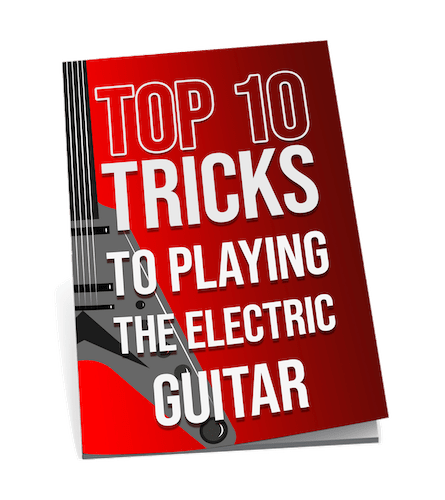
I must commend your section on mic placement techniques. It’s often overlooked by beginners but crucial for achieving professional-sounding recordings. Your clear guidelines will surely benefit many aspiring musicians and engineers. Thank you, Robert Emery, for the enlightening article.
So if I use one of those fancy mics, will my garage band finally sound good? Asking for a friend… 😉
Hey Robert Emery, loved the deep dive into mics for guitar amps! Quick q: between the ROYER and the AEA ribbon mics, which one do ya reckon would capture the warmth of a tube amp better? Aiming for that vintage vibe without losing clarity. Thanks for sharing your insights!
@TaraJ AEA has that silky smooth top-end, perfect for tube amps. Depends on your specific taste!
TaraJ, can’t go wrong with ROYER for that warm, analog sound. Plus, it handles higher SPLs like a champ.